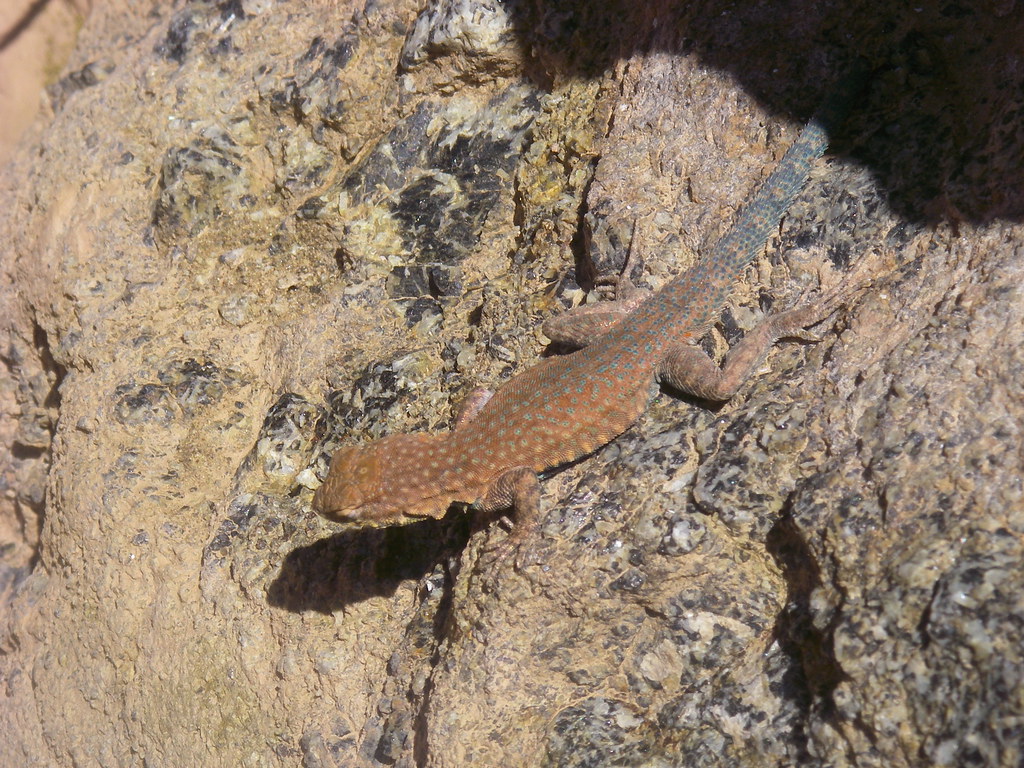Let's Get Started
Let's explore the responses of organisms, populations, and communities to various changes in their external environment. Before you get started, don’t forget to print out your OnTRACK Biology Journal.
TEKS Standards and Student Expectations
B(11) The student knows that biological systems work to achieve and maintain balance. The student is expected to:
B(11)(B) investigate and analyze how organisms, populations, and communities respond to external factors
Learning Objectives
Identify and give examples of stimuli and responses.
Describe responses of organisms, populations, and communities to various stimuli.
Relate stimulus/response to the health and survival of organisms, populations, and communities.
Essential Questions
How do organisms, populations, and communities respond to changes in the external environment?
Why do organisms, populations, and communities respond to changes in the external environment?
Vocabulary
- Stimuli
- Response
- Aestivation
- Abiotic
- Biotic
- Limiting Factors
- Carrying Capacity
- Migration
- Reproductive Migration
- Seasonal Migration
How Organisms Respond to External Factors

Living things respond to changes in their environments. Imagine that you woke up this morning to the sound of thunder. When you looked outside, you saw large dark clouds in the sky. You hear another boom of thunder and see a flash of lightning in the distance. When you walk out the door to go to school, you grab an umbrella. By grabbing the umbrella, you responded to external factors, or stimuli.
Anything that provokes a response in an organism is called a stimulus. A stimulus can be external, meaning it occurs outside the organism, like the sound of thunder and the flash of lightning. A stimulus can also be internal, or from within the organism itself, like thirst or hunger. Both external and internal stimuli can cause a response, or reaction, from an organism.
External Stimuli
 |
Organisms respond to external stimuli to maintain homeostasis. Every organism has its own range of tolerance. When an environmental condition (such as temperature) goes above or below an organism’s optimal range, the organism experiences stress and responds to the stimulus. Have you ever seen a lizard sitting in the sun like the one pictured here? The hot sun is an external stimulus. The lizard responds to the stimulus by aestivating. Aestivation is a state of dormancy practiced by certain organisms to conserve energy and retain water. |
Directions: View the following video showing a Mimosa pudica (touch-me-not) plant responding to a stimulus. After viewing the video, answer the following questions about the stimulus and response shown.
How Populations Respond to External Factors
Populations
Individual organisms respond to stimuli to maintain homeostasis. Similarly, populations of organisms respond to external factors for a collective benefit. All populations must have an adequate amount of food, water, shelter, and space. If populations do not have enough of these resources, the size of the population can be limited. Abiotic factors like food, water, shelter, and space are called limiting factors. Biotic factors like predation and competition for food are also limiting factors. Carrying capacity is the largest number of individuals in a species that an environment can support.
Migration
Migration is a common, population-level response to a change in the local climate or availability of food. Populations also migrate for mating reasons or to bear young (reproductive migration). Seasonal migration—the most common type of migration—is driven by a seasonal change in weather and temperature.
The following video segment on seasonal migration is from the Nature film, "Earth Navigators." Before you view the video, please print your OnTRACK Biology Journal. You can respond to the questions that follow the video either in the online journal activity or on your hard copy.
How Communities Respond to External Factors
Community
A community is made up of many populations of species interacting with each other. When environmental conditions change, the impacts on a given population—including changes in population size and behavior—can affect other species. View the video, How does climate change affect animals? to see examples of how a change in environmental conditions can affect entire communities.